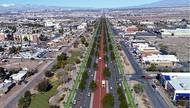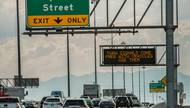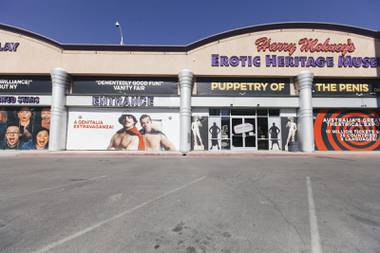The figures are sobering. According to zerofatalitiesnv.com—a joint production of the Nevada Department of Transportation and the Nevada Department of Public Safety—80 pedestrians were struck and killed by cars on Nevada’s roads last year, a figure that has doubled since 2010. Easy as it is to attribute this boom to population growth, the truth is undeniable: 80 deaths is 80 deaths too many.
Several government agencies are engineering solutions to this crisis. (“Engineering” is one of the “three Es” those agencies are using to help prevent pedestrian deaths, alongside “education” and “enforcement.”) Clark County will install more than 700 metal barricades, called “bollards,” on the sidewalks of the Strip; they can stop a 15,000-pound vehicle traveling 50 miles per hour. The Regional Transportation Commission is working on traffic controls that will interact with autonomous vehicles, and they’re continuing to move their bus shelters at least five feet away from traffic. (They’ve relocated 900 of them over the past five years.)
NDOT is also adding new traffic signals, pedestrian crossing signals and sidewalk improvements to several Valley roads, including Charleston Boulevard, Lake Mead Boulevard and Boulder Highway. The latter, says NDOT public information officer Tony Illia, neatly illustrates the challenge Vegas faces in making its roads pedestrian-safe: They weren’t initially designed for it.
“Boulder Highway was built in 1931; it was the only way to get out to Boulder City, out to Henderson,” Illia says. “But time passes—we built I-15, the 95, the Beltway—and pretty soon, Boulder isn’t being used as a highway at all; it’s just this ridiculously oversized arterial,” lined with homes that weren’t there even a decade ago, and pedestrians jaywalking across it at mid-block. NDOT, in partnership with RTC and others, hope to do a “full corridor revamp” that will make the street safer for pedestrians, cyclists and drivers, and might even turn it from a “highway” to a “parkway.”
But engineering isn’t enough. Illia suggests that we pay more attention to the other two “Es,” particularly “education.” “Safety is a shared responsibility between drivers and pedestrians,” he says. “We’re all going to be pedestrians at some time.”







